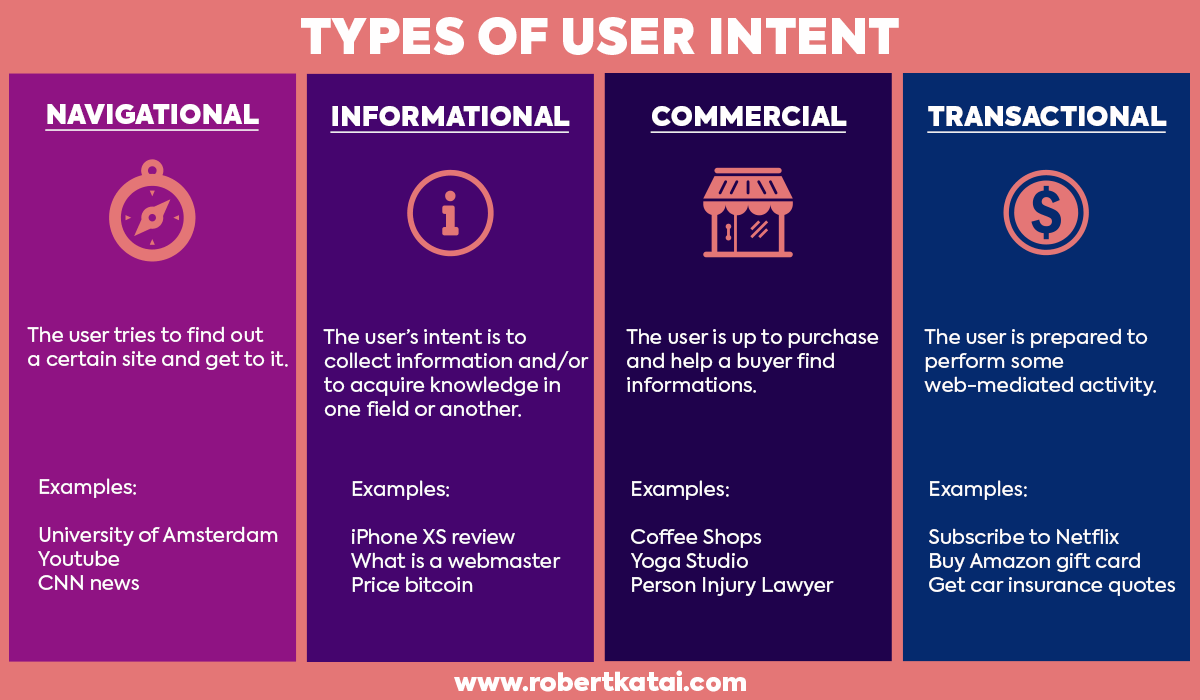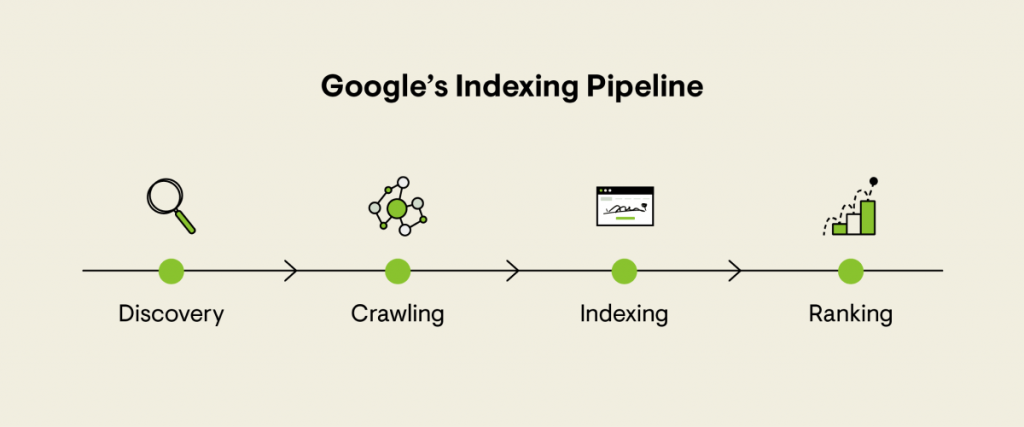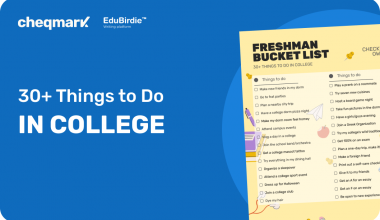Businesses in today’s digital space have become extremely competitive, and those with little to no attention to running a robust marketing campaign will fail to create an impact.
However, search engine optimization will always have its place in successful marketing plans that resonate with your audience and help attain sustainable growth.
Determining the best SEO marketing strategy involves many factors. However, what should be the starting point? Let’s find out what is SEO in digital marketing and how to leverage it for business growth.
Define Clear SEO Objectives and KPIs
A good SEO plan starts with clear, measurable goals for your overall marketing strategy. Your goals might be to increase organic traffic, improve keyword rankings, or boost conversion rates from search traffic. These goals will guide your SEO efforts so every action has a purpose and measurable outcome.
KPIs (Key Performance Indicators) are crucial to tracking progress. While goals define what success looks like, KPIs let you measure how close you are to achieving them. Key KPIs in an SEO strategy will include:
- CTR for title and description testing.
- Bounce rate and average session duration for user engagement.
- Backlink growth to monitor authority building.
Backlink growth, in particular, plays a critical role in building site authority. To monitor this effectively, a backlink analyzer tool can provide valuable insights into your site’s backlink profile, helping you track not only the volume of backlinks but also the quality of referring domains. Using a tool like this ensures that your website positioning efforts contribute meaningfully toward your goals and KPIs.
Conduct Comprehensive Keyword Research Aligned with User Intent

source: Pixabay
One of the key parts of a good SEO marketing strategy is keyword optimization. If you want to learn how to improve SEO, you must first learn how to plan your keyword research.
Keywords are the link between what people search for and what you offer. To find the right keywords, you need to understand what SEO looks like in action—how people search for your products, services, or solutions and why.
Start with your audience’s needs. Ask yourself: What are they searching for? What are they trying to solve? This way, you can create content that answers specific user intents, whether it’s informational, navigational, or transactional. Use tools like Google Keyword Planner to get relevant keywords and see search trends.
To add to your SEO plan, focus on the following:
- High-volume keywords that drive reach and visibility.
- Long-tail keywords (specific phrases with lower search volumes but higher intent) to target niche markets and drive high-conversion traffic.
- Trending keywords that reflect current topics or seasonal interest.
Good keyword optimization balances these keyword types to get maximum reach and relevance. Look beyond keywords to understand user intent so your content meets search needs at every customer journey stage.
Tips to Remember: Begin with seed keywords for your main topics. Use tools to get related terms and questions. It’s not about ranking but about your audience, so think about optimizing for SEO that works for them.
Analyze Competitors for Insights
Competitor analysis helps identify the best marketing strategies working for those dealing in your niche market, along with finding what resonates with their audience and where you can provide unique value.
Finding your competitors is easy. Start by searching for the keywords you want to rank for and see which sites are at the top. These are your SEO competitors, even if they are not direct business rivals. SEO tools will give you insights into their top-ranking pages, keyword strategies, and backlink profiles.
In competitor analysis, look at the following:
- Keywords they rank for that you don’t.
- Content types and formats that work for them.
- Backlink sources to find link-building opportunities.
- Engagement metrics (if possible) like bounce rate or time on page to see what content users value most.
This will help refine your SEO marketing strategy by giving you a roadmap of what works in your space. Use these insights to target untapped keywords or content gaps that competitors have missed.
For a deeper understanding of strategic differences in targeting, it’s also worth exploring the comparison between GEO vs SEO. Agencies like Skale offer helpful guidance in choosing the right approach for your business goals, especially when expanding into new markets or refining local and organic visibility strategies.
Build Your Content Around User Intent
A content strategy is the foundation of any SEO strategy. It takes keyword research and competitor insight and turns it into actionable, purposeful content that meets user needs at every stage of their journey. Without a content strategy, even the best SEO plan is directionless and disjointed.

To learn how to optimize content for SEO, you must begin by creating content around user intent, which is all about identifying why users initiate a specific search. Identify the intent and ensure the content clearly satisfies it. Add your primary keyword in the content, but avoid spamming.
Here are examples of how to do content for intent:
- Informational intent: Guides or FAQs
- Transactional intent: Product pages, reviews, comparisons
User intent can change over time, so be prepared to pivot. For example, prioritize long-form content if the data shows users are looking for more detail. If they want quick answers, optimize for featured snippets. This user-focused approach means every piece of content in your SEO plan drives more engagement and conversions.
Follow On-Page SEO Guidelines
On-page SEO is about optimizing individual page elements to be relevant, usable, and visible. It’s a big part of SEO management that ensures search engines understand your content and users can find it. Key on-page elements are:
- Title tags and meta descriptions that are catchy and keyworded.
- Header tags (H1, H2, H3) that structure your content.
- URL that is clean and descriptive.
- Internal linking to other relevant pages on your site.
Don’t forget image optimization by using alt tags and compressing images. On-page SEO also means placing keywords strategically throughout the content without overdoing it so search engines can find it and humans can read it.
Boost Technical SEO for Crawlability and Indexing
Technical SEO boosts the performance of your website and gets it seen by search engines. Without solid technical SEO, even the best content will struggle to rank. Technical SEO management is about paying attention to various aspects.

source: conductor
Keep your site technically sound by improving speed through image compression and efficient coding. Fast sites are better for both users and rankings. The website must be mobile-friendly, as Google uses mobile-first indexing. Second, secure your site with HTTPS and protect data while building trust.
Also, ensure your site structure is clean with optimized URLs, organized internal links, and no broken links. Use structured data (schema markup) so that Google can learn about the content of your pages for those rich results that appear for some search queries. Finally, regular audits ensure you can identify and resolve technical issues early to make your site SEO friendly.
Build a Strong Backlink Profile
A backlink refers to any link from another site and points back to your content. They help you demonstrate authority and credibility, but remember that not all backlinks are equal. Always get high-quality ones, which should come from reputable and relevant sources.
Some of the ways to maintain a strong backlink profile include:
- Content: Quality content attracts backlinks, especially if it’s informative, unique, and relevant.
- Outreach: Connect with sites, industry thought leaders and bloggers to get backlinks.
- Guest blogging: Guest posting on relevant sites can help get your content in front of new audiences and give you links.
Competitor analysis also comes into play here. Look where competitors get their backlinks, and you will find opportunities to add to your SEO strategy.
Watch, Track, Adjust Your SEO
Monitoring and tracking help ensure your SEO is working. SEO is not static; algorithms change, competitor strategies change, and user behavior changes. Key things to track:
- Organic traffic growth to see how SEO is impacting visibility.
- Keyword rankings to see where you rank for target keywords.
- Conversion rates to see if search traffic is driving action.
- Technical metrics like site speed, crawl errors, and mobile usability are used to make sure the user experience is smooth.
Finally, perform competitor analysis, as tracking their keyword rankings, content, and backlink profiles is vital to tweak your marketing SEO approach.
Stay Up to Date with SEO News and Trends
SEO in digital marketing is constantly changing. Search engine algorithms evolve, and new tech impacts how users navigate content. To keep ahead, it is important to stay abreast of all the trends while staying effective in SEO.
The good sources for information include but are not limited to Google’s Search Central Blog, articles in Search Engine Journal, and others. There are webinars, conferences, and workshops where industry leaders share knowledge with peers. Notable trends to watch out for include voice search, AI-powered updates for search, and Core Web Vitals techniques optimization.
The bottom line is updating the SEO plan, considering the current trends, which will keep your strategy relevant, competitive, and resilient.
Conclusion
Creating an efficient SEO marketing strategy requires a blend of clear goal-setting, in-depth research, and adaptability. Defining precise objectives and tracking KPIs lays the groundwork for a focused approach. Moreover, your SEO efforts can sustain growth and competitive advantage with consistent tracking and an openness to new trends.


